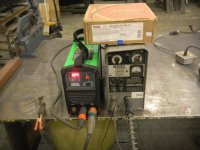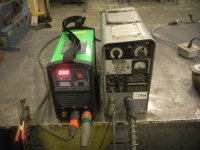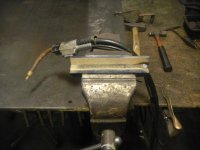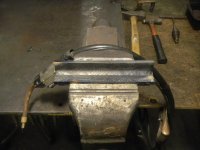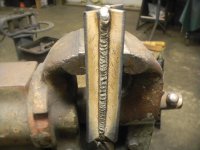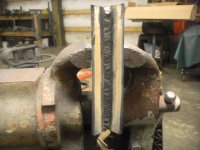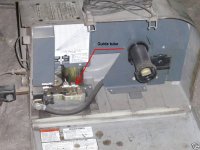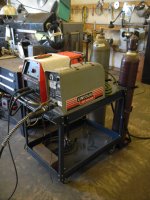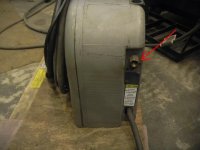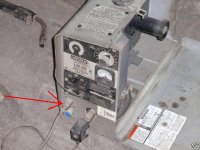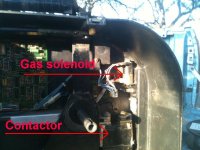Shield Arc
Super Member
Got all the downed trees taken care of, from the storm that blew through. So I thought I'd see how my brother-n-law's PowerArc 200 ST would do running some .045" NR-212 self shielded flux core wire. This little machine sure runs hot! 104-AMPS for flat welding. 80-AMPS for vertical up hill. I don't think it did to bad my self!
